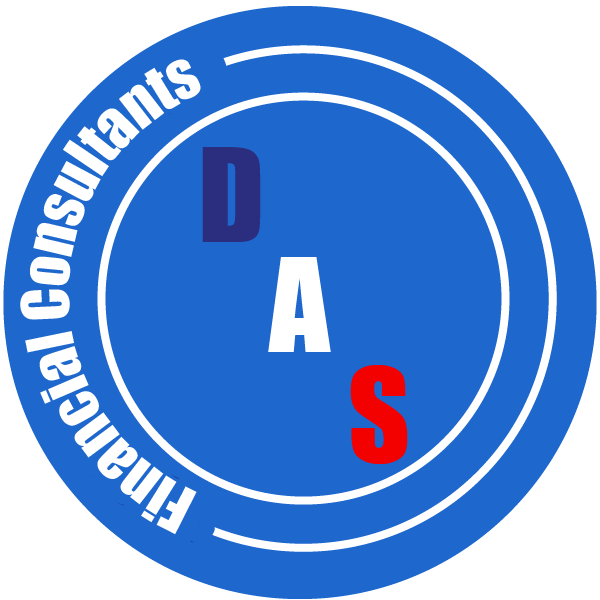📘 Frequently Asked Questions – Insurance
While it may seem logical that your insurance premium should decrease as your vehicle depreciates in value, this isn’t always the case. In fact, premiums often increase over time. This is largely due to the rising cost of repairs — including parts, labour, and the advanced technology built into modern vehicles.
Motor accidents account for the vast majority of insurance claims, and as repair costs continue to rise, insurers must adjust premiums accordingly to cover these expenses. The actual value of your vehicle only becomes a major factor in cases of total loss — such as theft or a write-off — which make up only about 15% of all insurance claims, according to various industry studies.
Because the cost of repairing even minor damage often exceeds what one might expect — especially when considering the individual price of components — the overall value of your vehicle has less influence on your premium than the potential cost of fixing it. In fact, if you added up the price of each part of your car separately, the total would often be far higher than the vehicle’s resale value.
This is why, even as your car’s market value goes down, your insurance premium may still go up — to ensure you’re properly covered for the real cost of repairs.
The majority, if not all, insurance companies or underwriting agencies rely on vetted service providers that they include on their approved panels. While it's commonly believed that this is solely to negotiate better rates or, in some cases, implement profit-sharing agreements, these are only part of the reason. More importantly, the insurer assumes full responsibility for any substandard work or services provided by these suppliers. As a client, you have the right to demand that the service provider ensures the product or service meets certain quality standards.
This is why insurers prefer working with trusted suppliers, who undergo regular inspections and comply with recognized standards. While you, as a client, are entitled to use a supplier of your choice, the responsibility for ensuring the quality and acceptability of the product or service then shifts to you. In such cases, the insurer will not accept any liability, which is why they will require you to sign a disclaimer acknowledging this risk.
With a Code B Licence, you are only allowed to tow a trailer with a maximum Gross Vehicle Mass (GVM) of 750kg, meaning the combined weight of the trailer and its load cannot exceed 750kg. However, with an EB, EC, or EC1 Licence Code, you are permitted to tow loads exceeding 750kg. The key indicator is the "E" in the licence code. If you wish to tow more than 750kg GVM, you can take a test to obtain an EB, EC, or EC1 licence.
When:
It is considered best practice to display liability disclaimer signs at all business premises, regardless of size or industry. They serve as a precautionary measure and can help manage legal exposure in the event of an incident.
Where:
Disclaimer signs should be positioned wherever a reasonable person entering or using your premises would naturally see them—such as at entrances, near stairwells, or in high-traffic areas. The signs must be clearly visible, easy to read, and large enough to catch attention.
The Purpose and Limitations of Disclaimer Signs
Disclaimer signs are commonly used by businesses to reduce legal liability in the event of incidents like slip-and-fall accidents. However, it is important to understand that these signs are not a complete safeguard against legal claims.
If an injury occurs due to gross negligence or a hazardous condition that should have been addressed, the presence of a disclaimer sign does not absolve the business from responsibility. For example, failing to repair a visibly damaged floor or ignoring a recurring leak that causes a slippery surface may still result in liability, even if a disclaimer was posted.
Legal Considerations (South African Context)
In South Africa, such matters are governed by delict law, which determines liability based on a set of criteria. For a claim to succeed, the injured party must prove:
A duty of care was owed by the business owner.
This duty was breached.
The breach caused an injury.
Negligence occurred.
There is a causal link between the negligence and the injury.
The claimant suffered measurable loss.
A recent case, Pieterse v FLM SA (2024), illustrates these principles. Pieterse claimed damages after tripping on uneven paving outside a retail store, arguing the store’s disclaimer was invalid. The High Court ruled in favour of the store, noting:
The paving was in "fair" condition with no proven hazard.
The burden of proof lies with the claimant to establish negligence.
Individuals must exercise reasonable care for their own safety in public areas.
Who May Be Held Liable?
In some cases, liability can extend beyond the business owner to include:
Managers and Employers – May be vicariously liable for employee actions.
Landlords or Property Managers – Particularly if the hazard exists in shared or common areas.
Reducing Risk Beyond Disclaimer Signs
While useful, disclaimer signs should form part of a broader safety strategy. Recommended actions include:
Staff Training – Ensure all employees are familiar with safety procedures.
Surveillance – Install security cameras to document events and support evidence.
Routine Maintenance – Regular inspections of flooring, lighting, and infrastructure are essential.
Proper Equipment & Signage – Employees should be equipped to identify and address hazards.
Independent Assessments – Hiring a health and safety professional can help identify overlooked risks.
